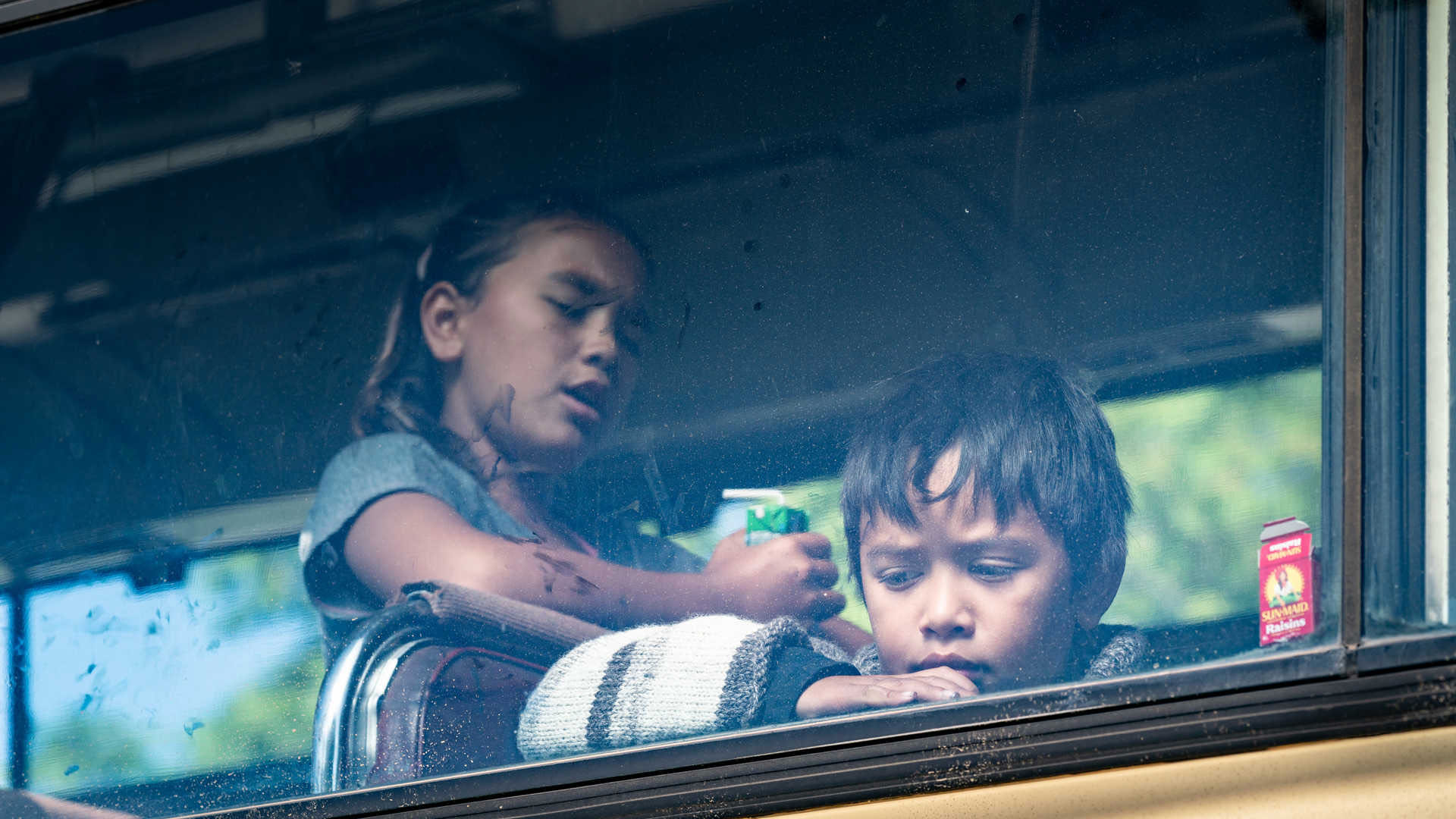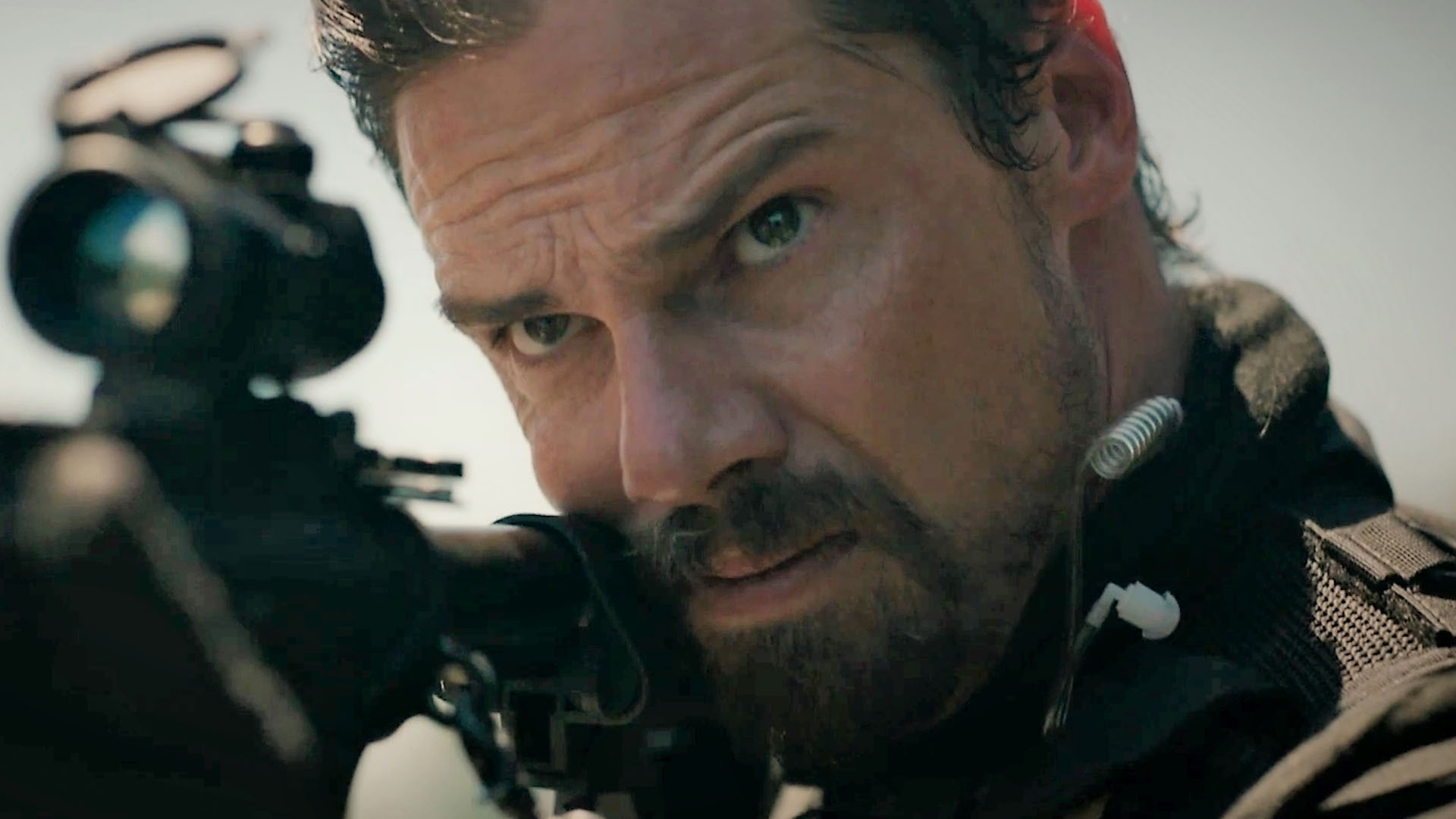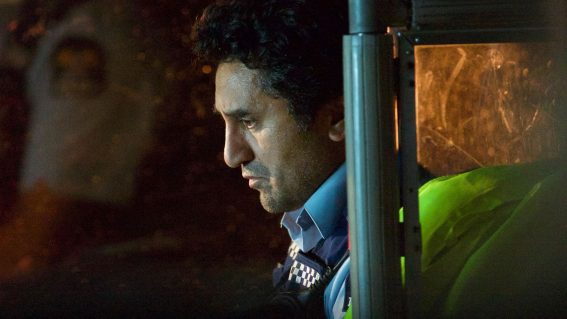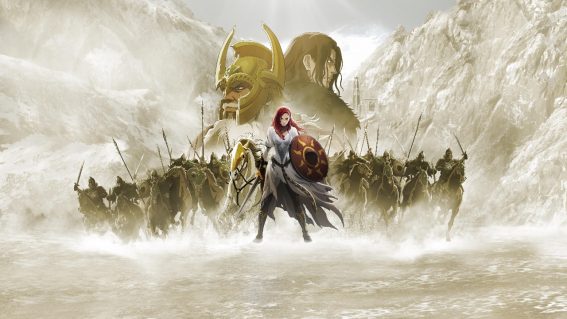Furious and electrifying, Muru’s boldness makes it a riveting and essential watch

Impressive and powerful, Muru is a response to real-life events of 2007 which saw police flex new anti-terrorism powers on the Tūhoe people. Rachel Ashby is full of praise for Tearepa Kahi’s dramatic thriller, led by a subtle and grounding Cliff Curtis performance.
Muru, the latest feature film from writer and director Tearepa Kahi (Poi E, Herbs, Mt Zion), is a furious and electrifying response to two centuries of colonial violence inflicted on the people of Tūhoe. Anyone walking into the cinema and expecting to see a recreation of the 2007 police raids of Te Urewera valley will quickly discover that Muru is something much larger and more complex than any one moment in time. The boldness of the story and the method of its telling make it a riveting and essential watch.
The film centres on Rūātoki community cop “Taffy” Tāwharau, played with subtlety by Cliff Curtis, whose time is split between caring for his ailing father, driving the valley school bus, and taking the kaumātua to the doctor. Curtis’ performance grounds the film with a warmth and weariness: his anxiety for his father and for the broader concerns of his tight-knit community tug at the viewer from the opening shot.
Troubled teenager Rusty (Poroaki Merritt-McDonald) has just returned home after a stint in Youth Corrections. Taffy, Rusty’s whānau (family) and others are finding ways to support the boy’s reintegration into the community. These gestures of aroha (love) and mamae (pain) paint a picture of staunch resilience: there is trauma in this place, but also much love.

Elsewhere, and in stark contrast to the empathy of the valley, the New Zealand police are honing in on Rūātoki as the heart of a supposed ‘terror cell’ allegedly led by activist Tame Iti (who, naturally, portrays himself on-screen). These two storylines converge towards the film’s point of narrative departure—a fictionalised version of the police raid—with razor-sharp tension and the hallmarks of a classic thriller in the making. However, it is once the raid has begun that the film takes a truly galaxy-brain turn, blasting open any lingering audience assumptions that the picture we are being shown is in any way straightforward.

While Muru is set tautly in the present moment of the film, there is a sense of time expanding and contracting around the events on screen. It is a distinctly Māori way of understanding history that Kahi has woven effortlessly into the structure of the screenplay. It’s hard to pick a stand-out performance with such a capable cast of high profile names and newcomers breathing life into the characters.
However, Tame Iti’s interpretation of himself is a talismanic reminder of the real people and events at the film’s core. His position in the film reaches beyond his own real-life involvement in the story of the 2007 raids, and draws the mind to Rangatira of the valley who have come before, and those yet to arrive.
There is anger in this film, and rightly so. It rings out like a warning shot and a reminder to honour the past. There is also a compassion and humanity that lingers long after the credits roll. Muru is a masterclass in storytelling, proving that sometimes fiction can get us closer to truth than any documentary.
















